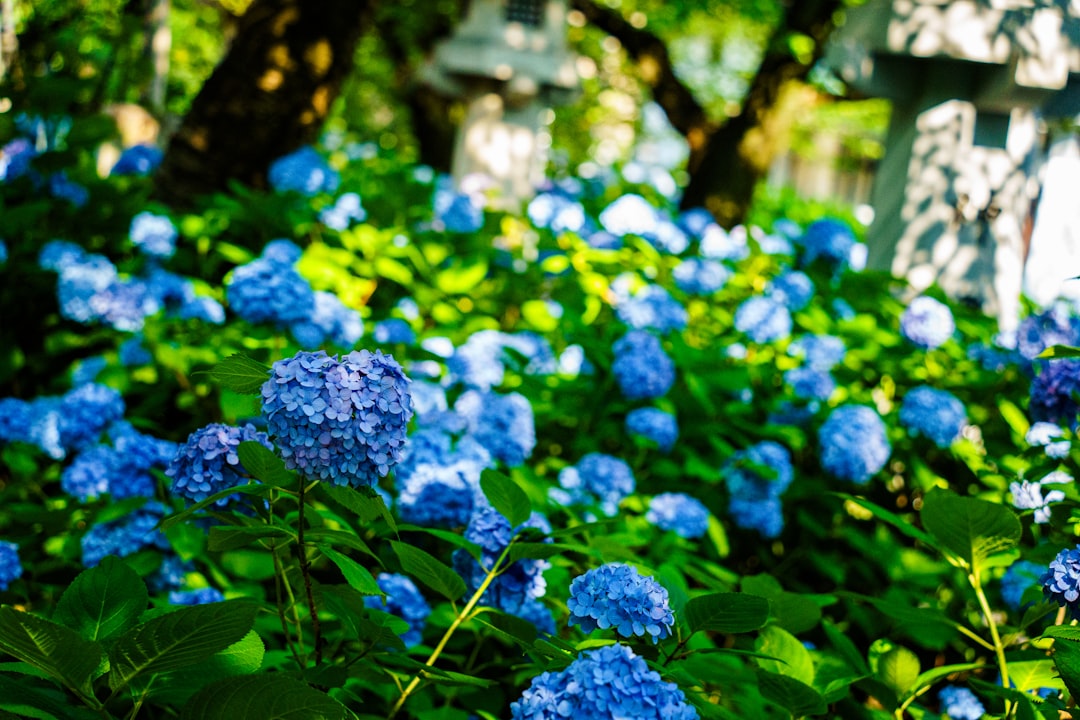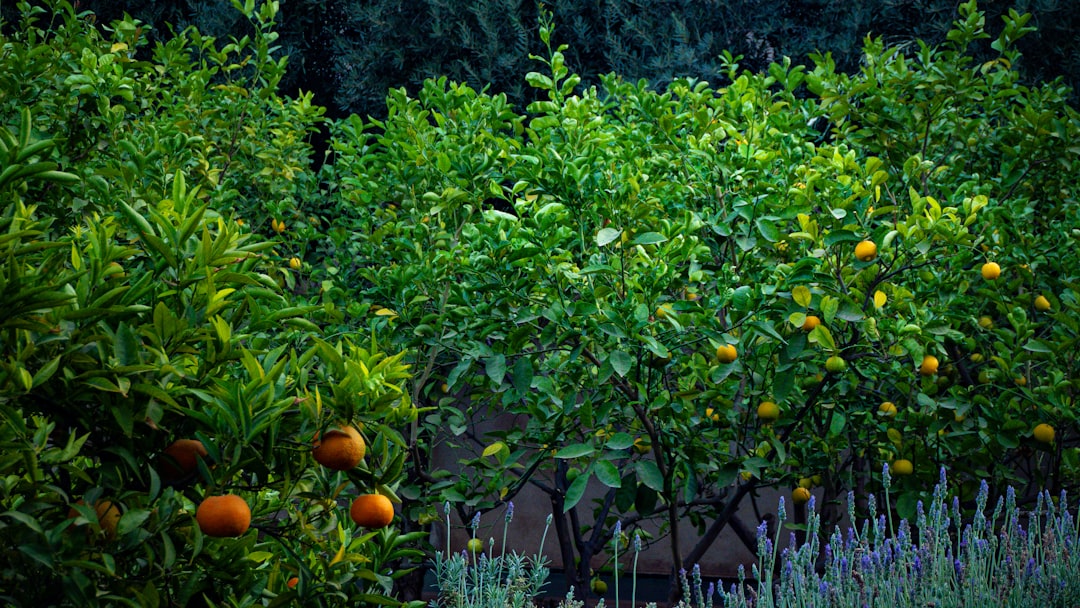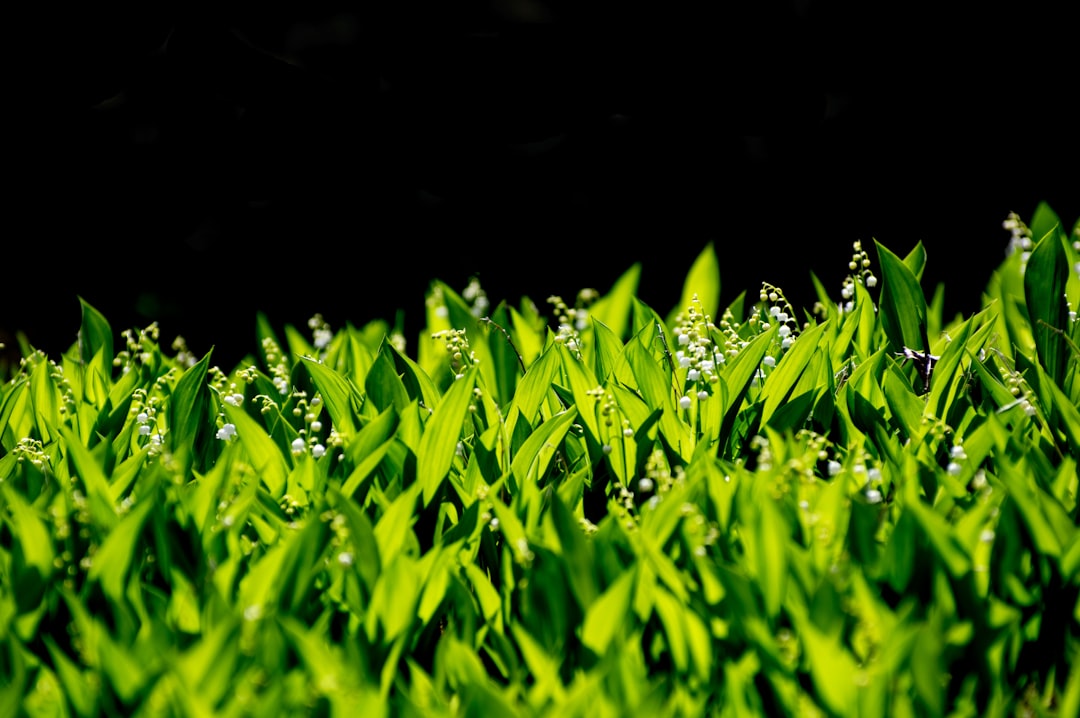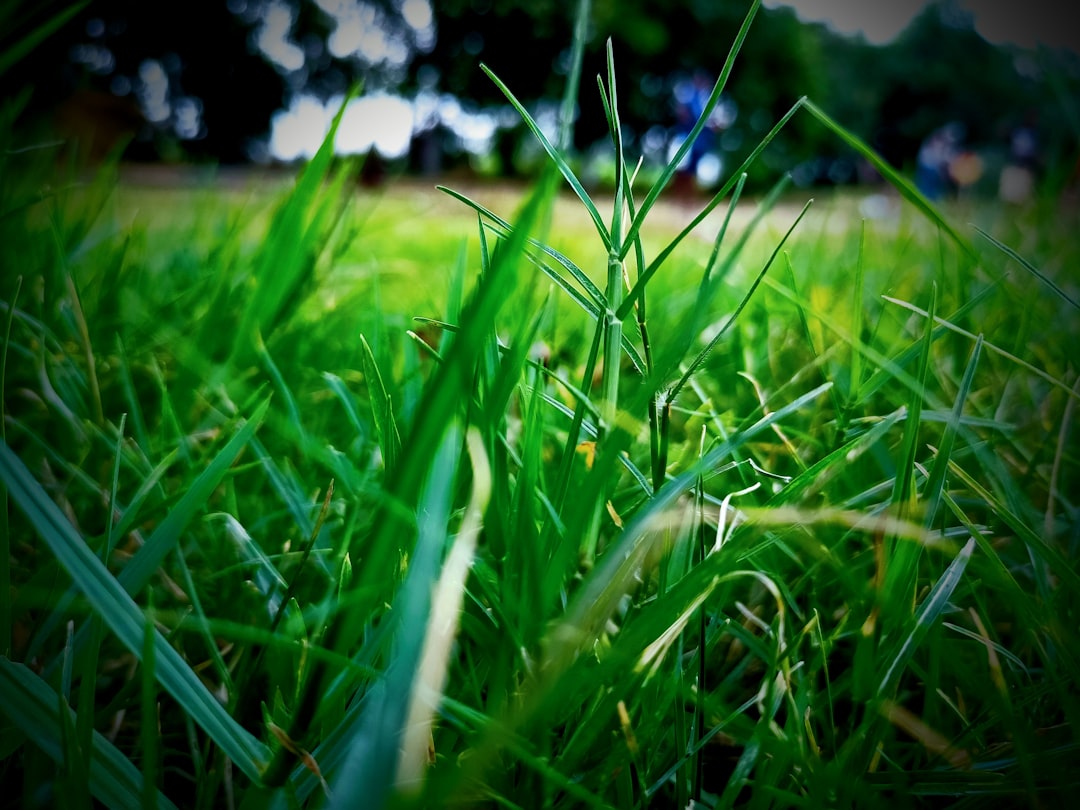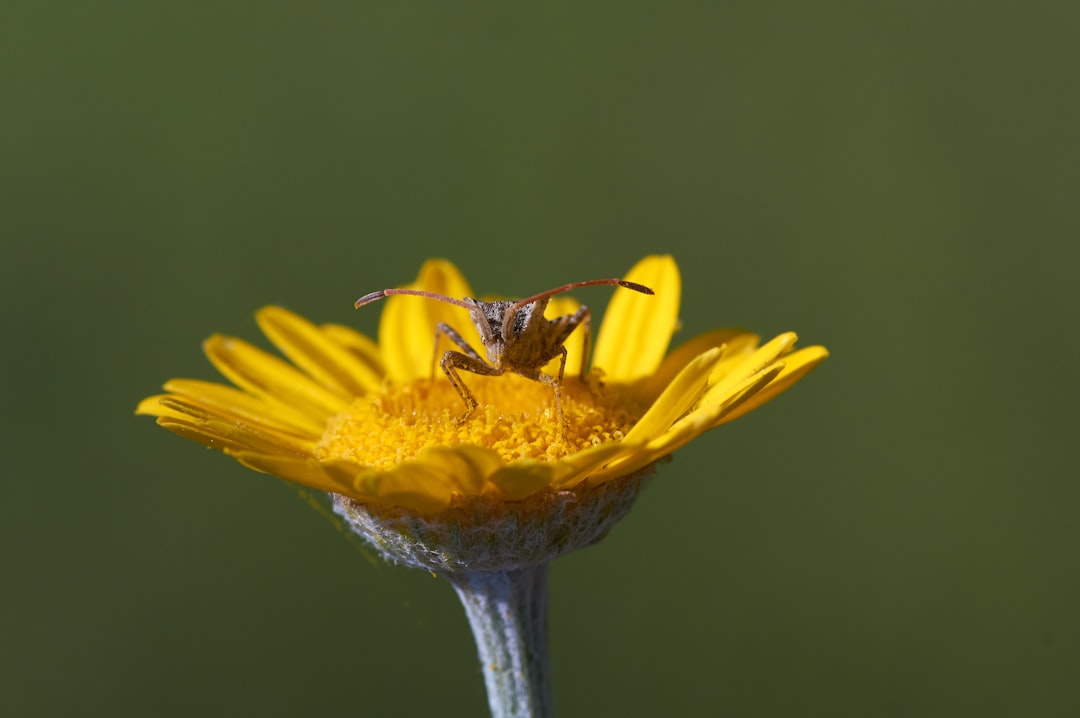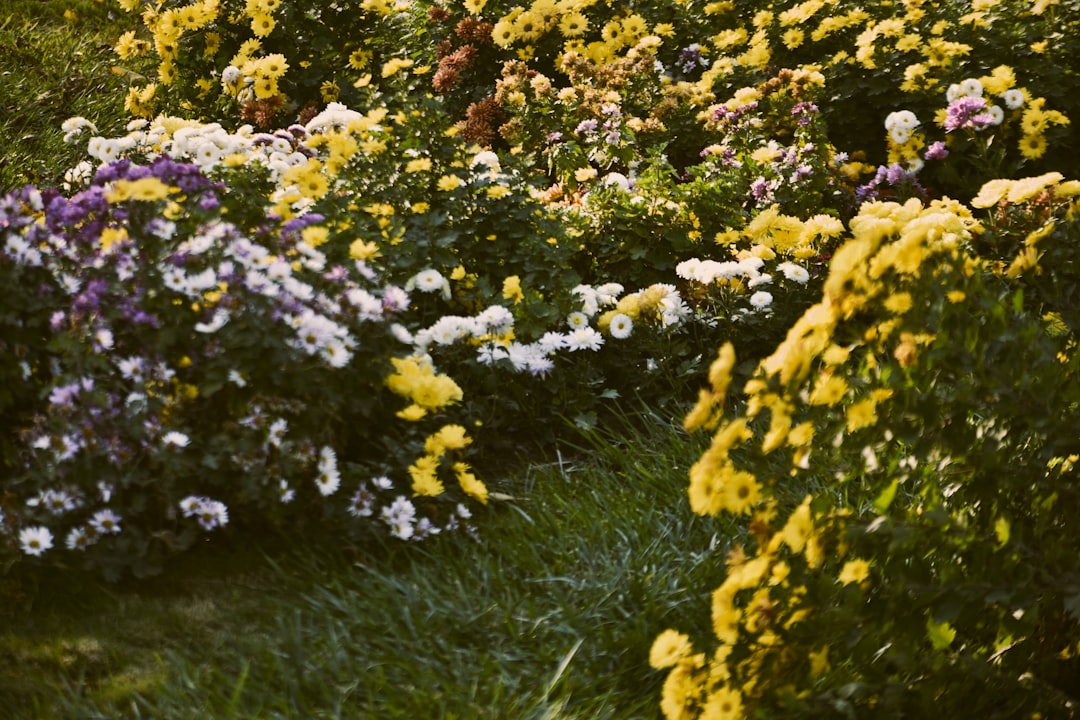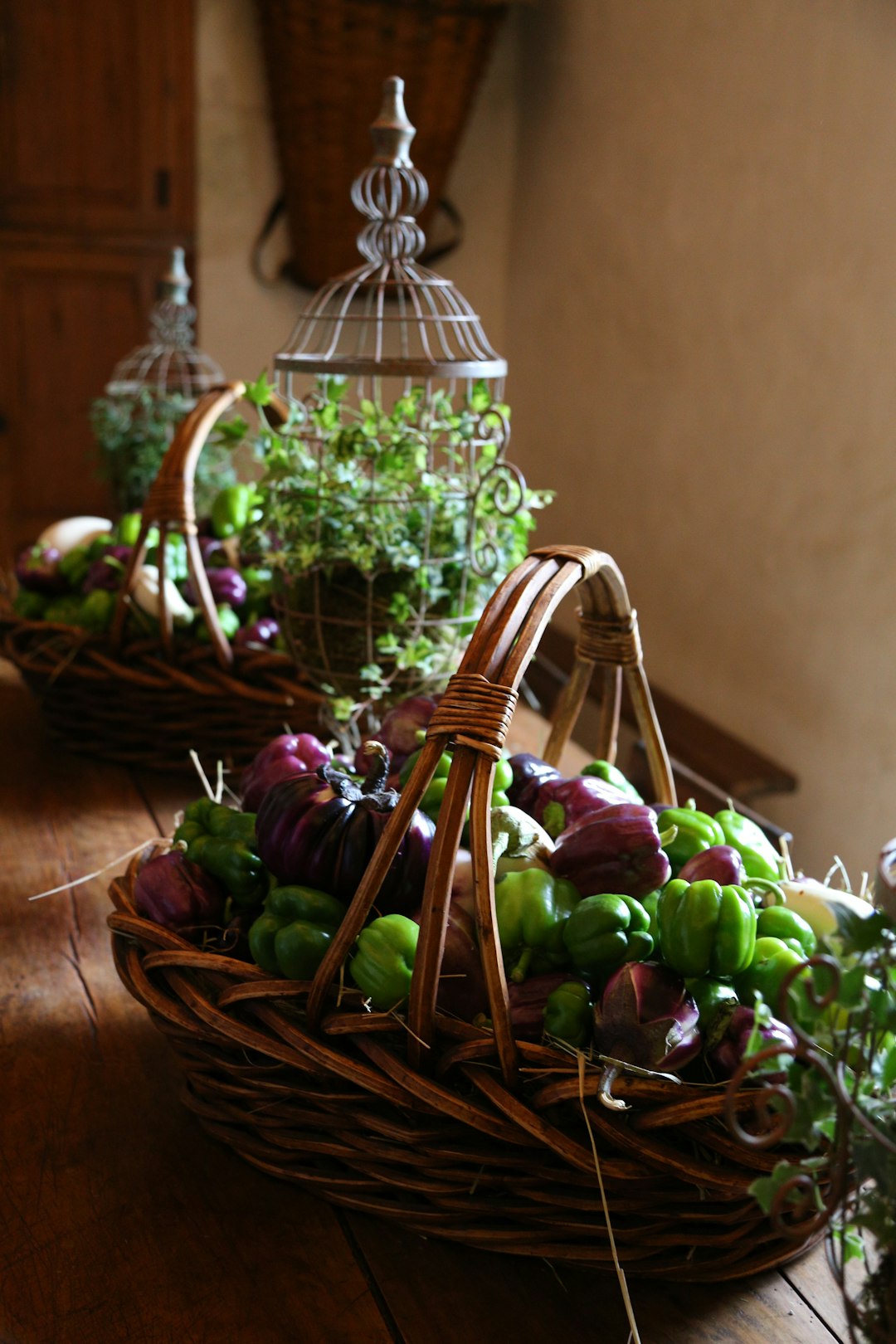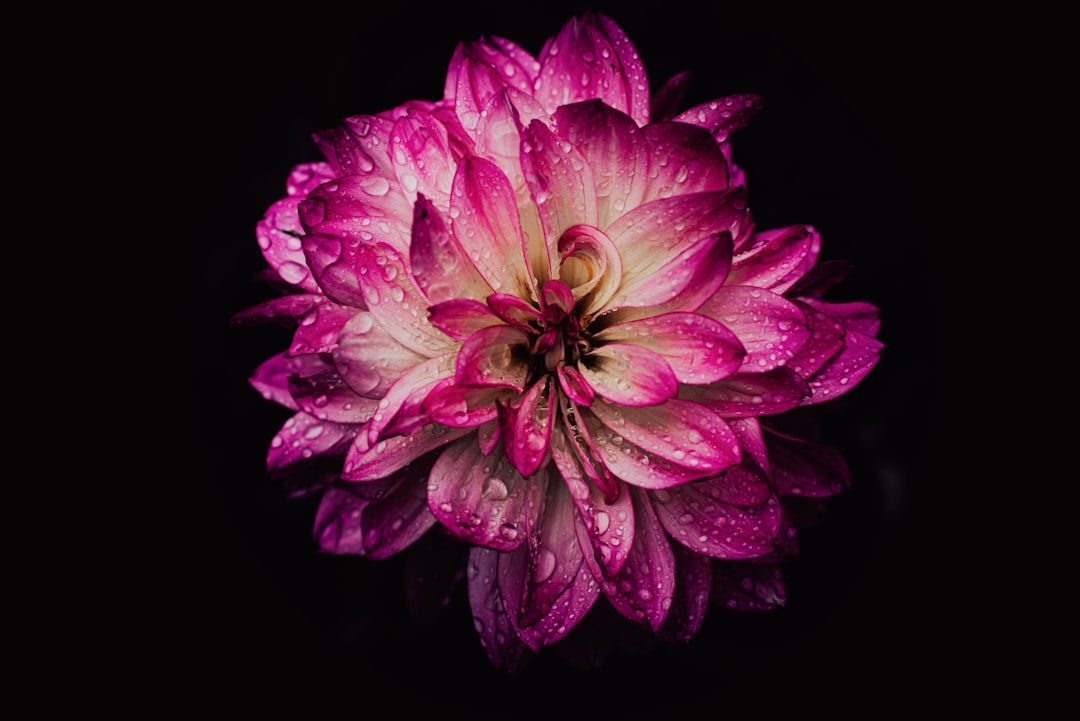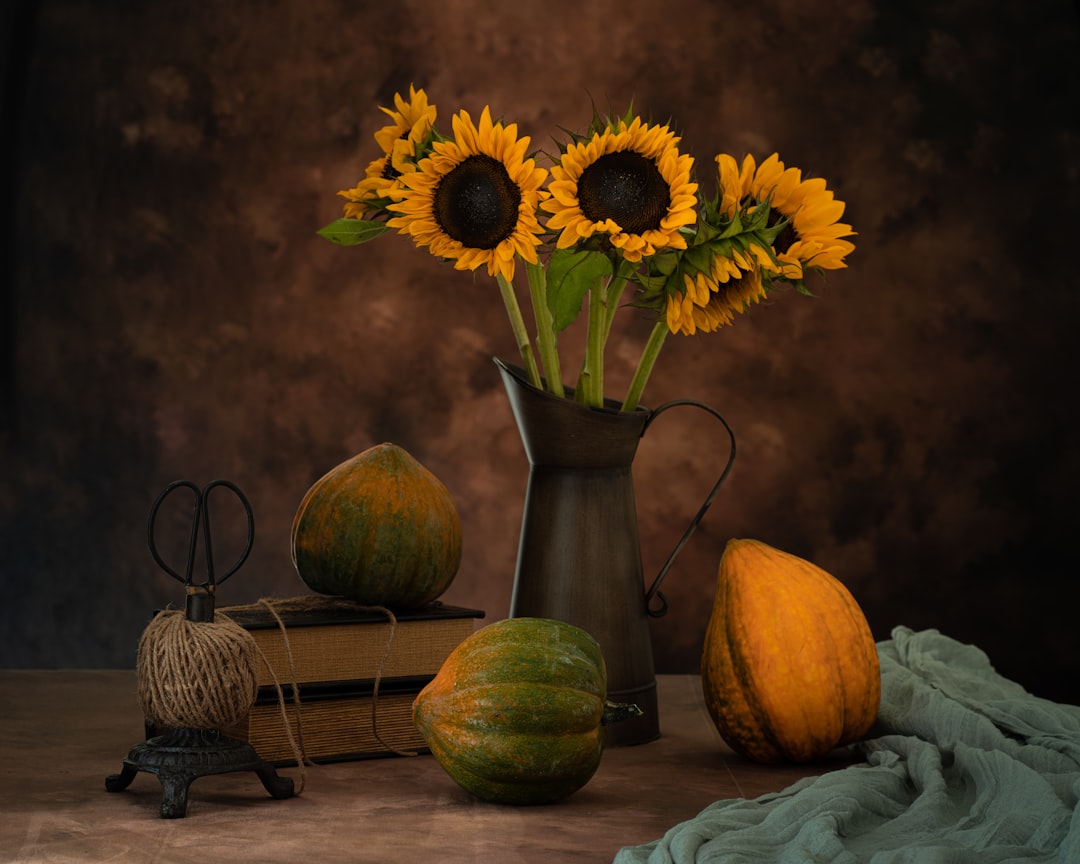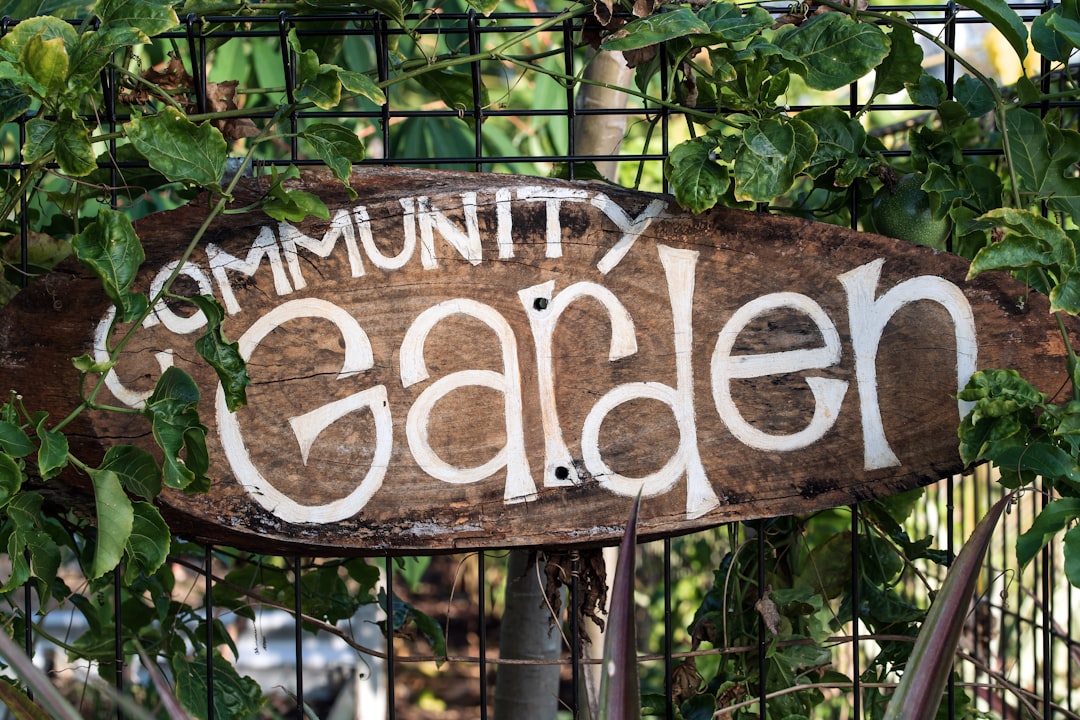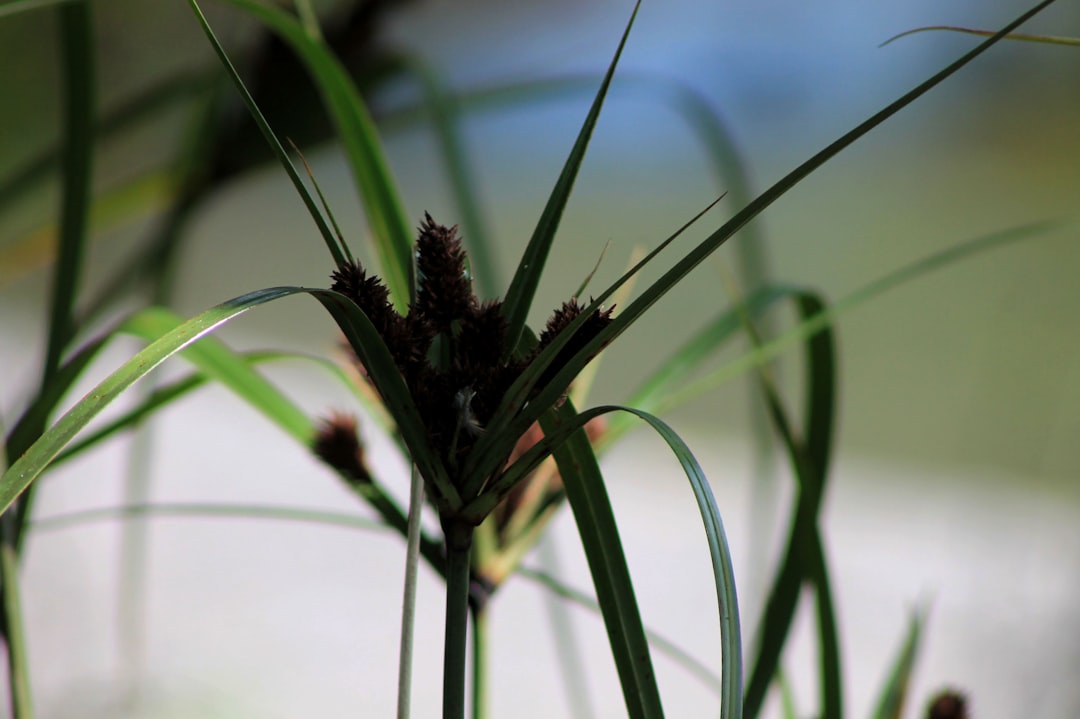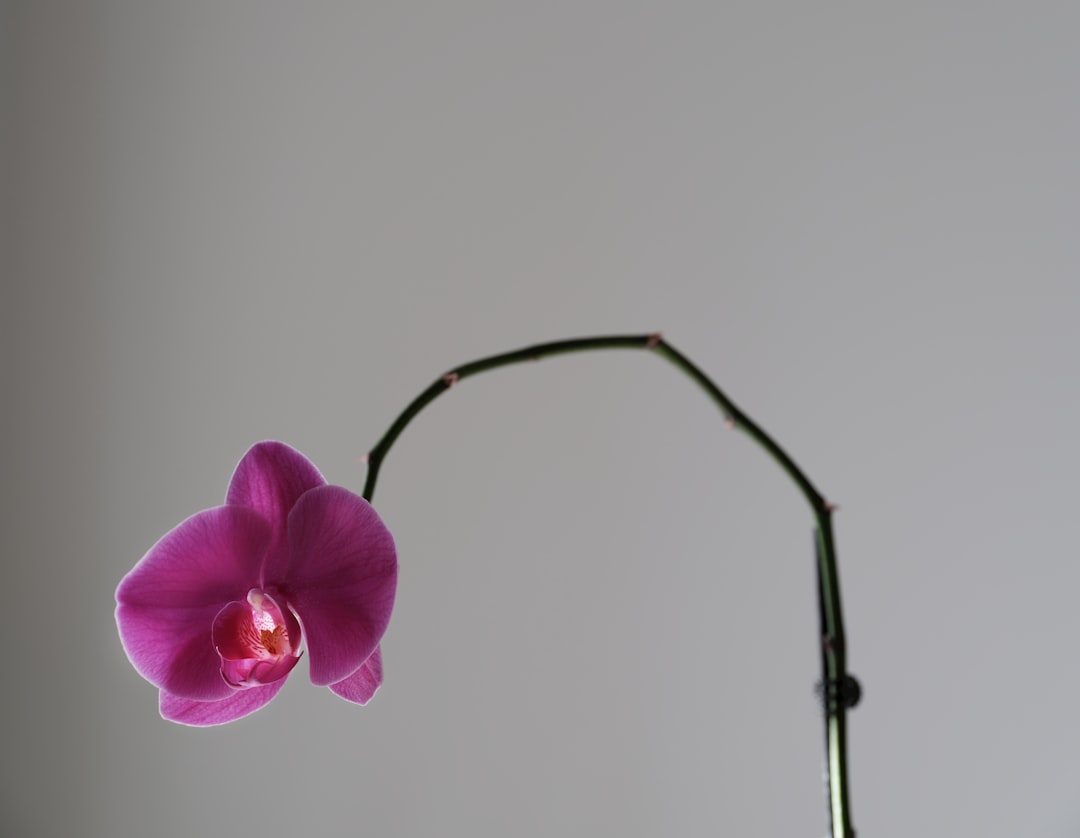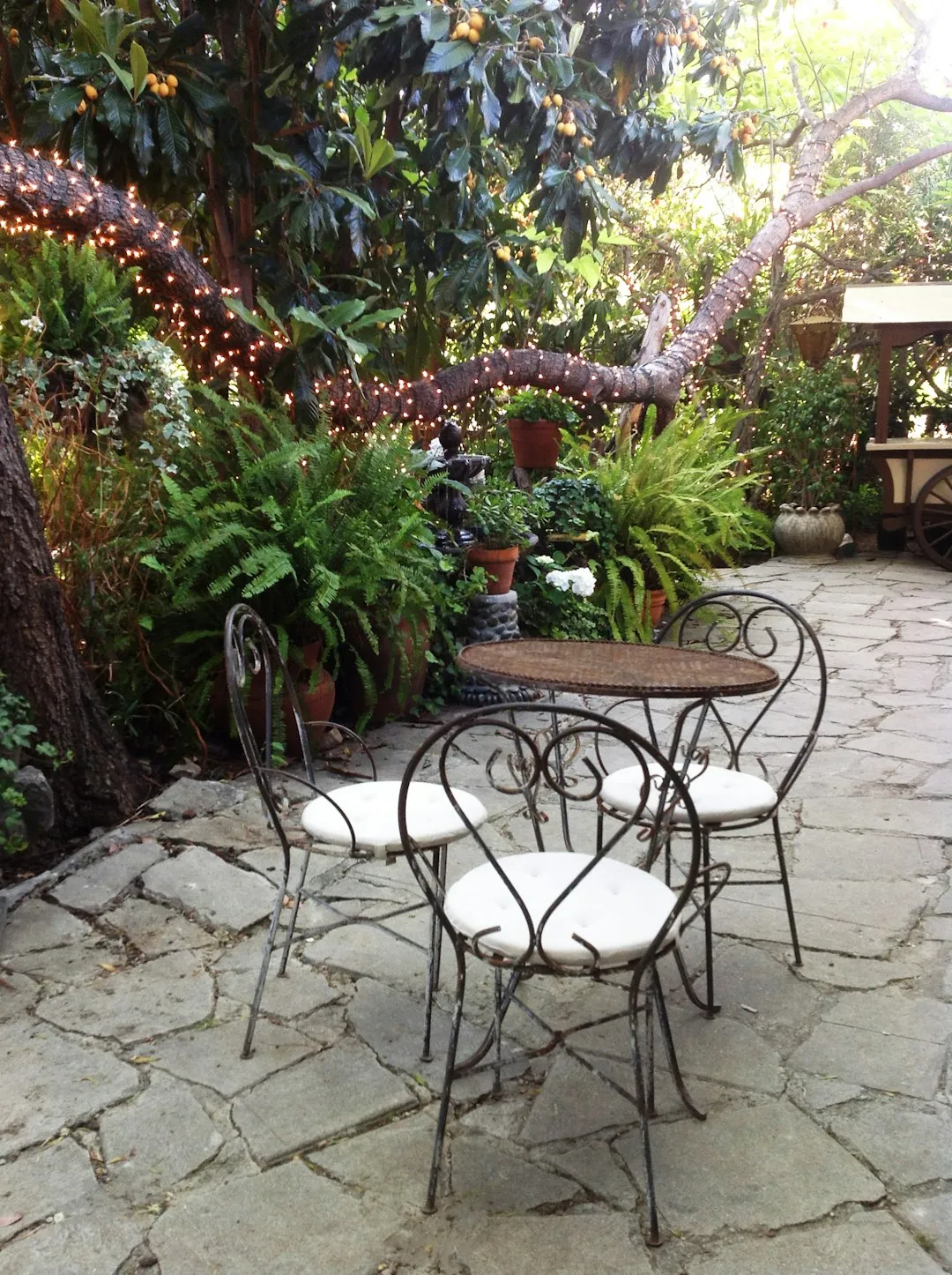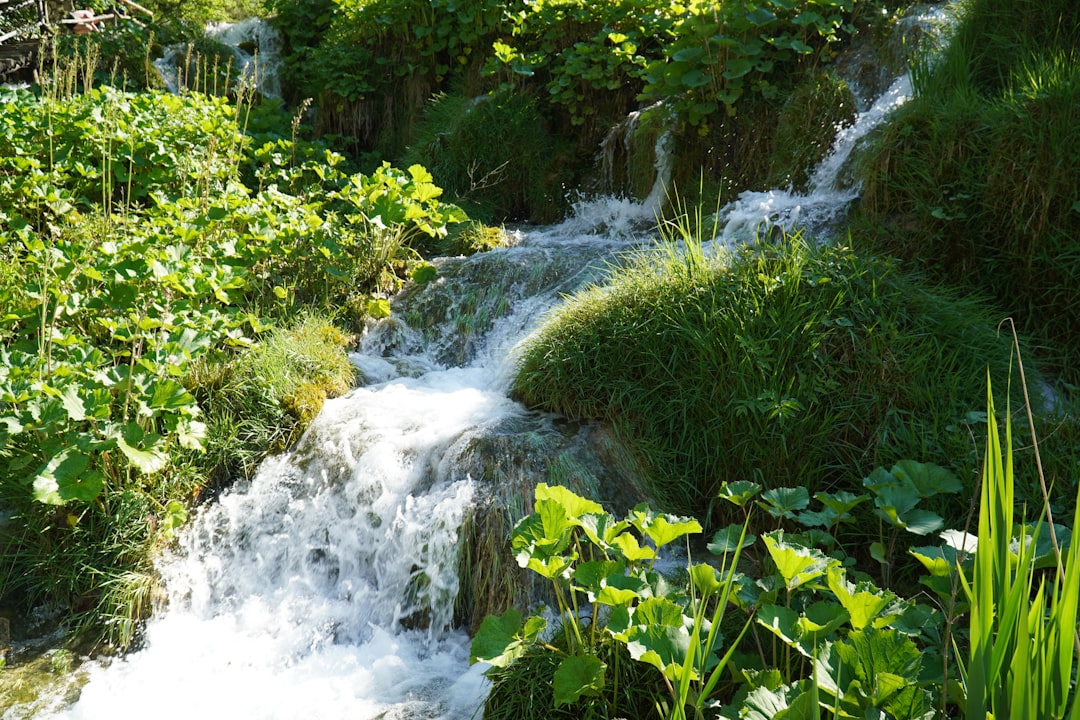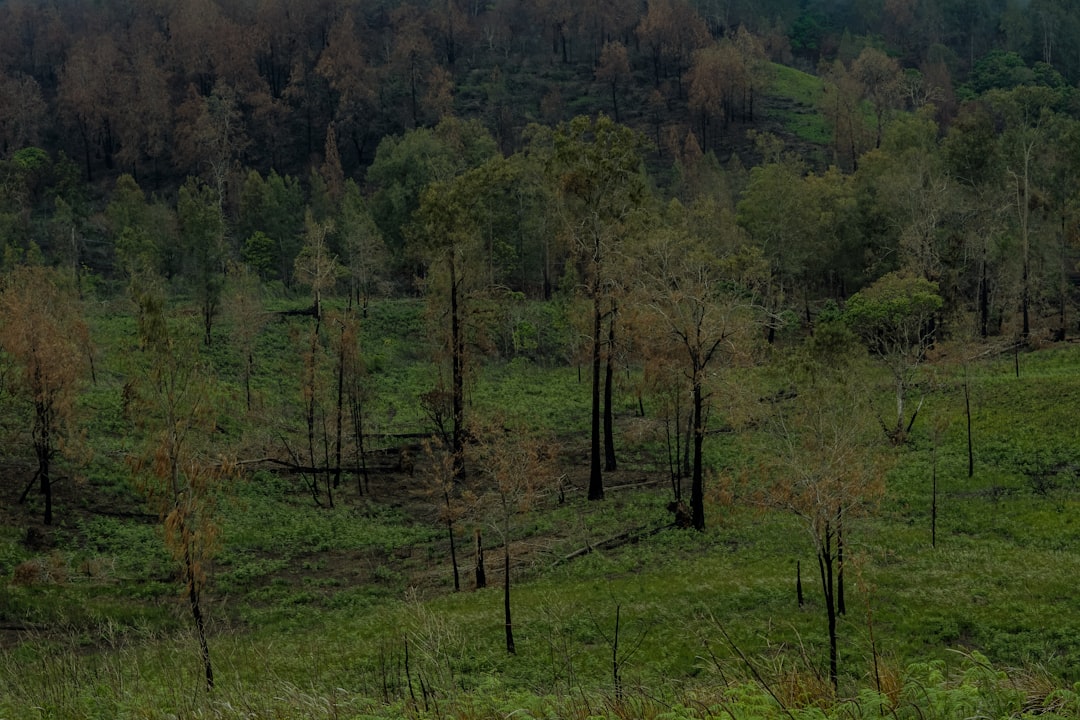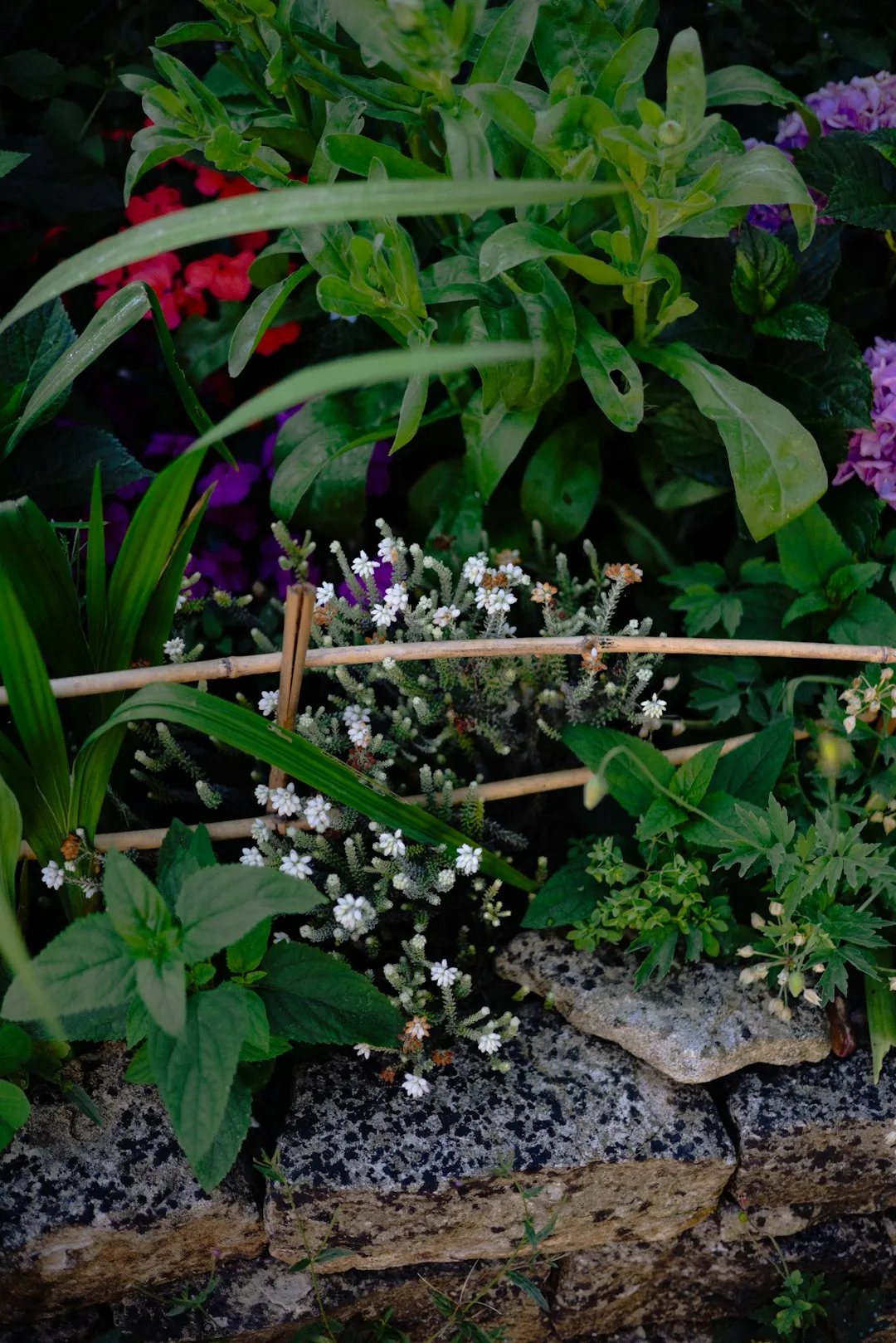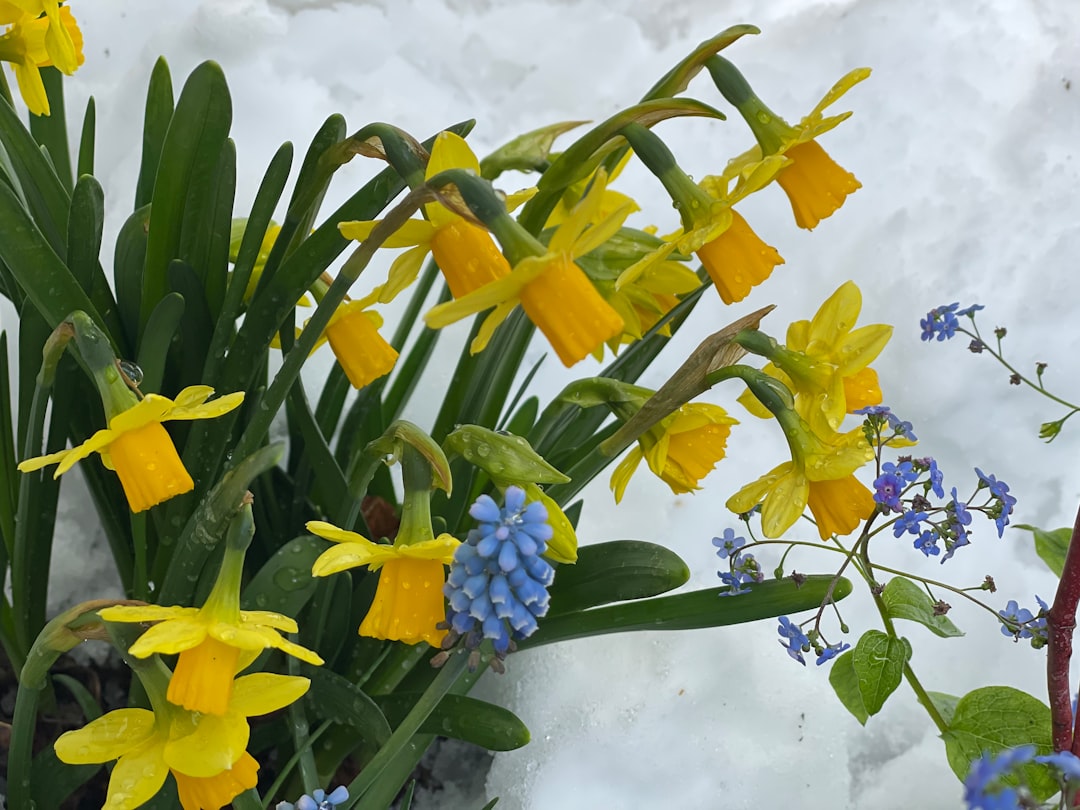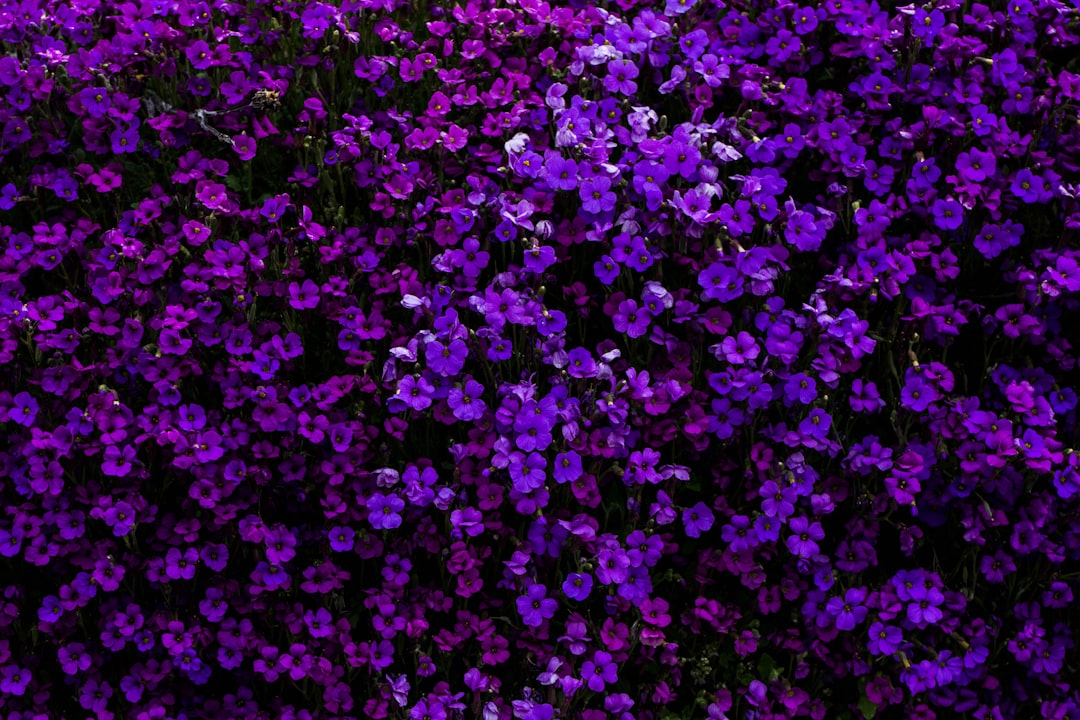
In the realm of gardening, few colors can rival the allure and charm of purple. Purple flowers, whether they are annuals or perennials, have the remarkable ability to transform any garden into a vibrant and captivating oasis. These plants not only add a splash of color but also bring a sense of elegance and mystery to the landscape.
Let's start by exploring some of the most popular annual plants with purple flowers. One such plant is the petunia. Petunias come in a wide range of purple shades, from soft lavender to deep violet. They are known for their trumpet - shaped flowers that bloom profusely throughout the summer. Petunias are relatively easy to grow and can be planted in hanging baskets, window boxes, or flower beds. Their long - lasting blooms make them a favorite among gardeners who want to add a pop of color to their outdoor spaces.
Another annual with stunning purple flowers is the verbena. Verbena plants produce clusters of small, delicate flowers that form a carpet of color. They are drought - tolerant and can thrive in full sun. Verbena is often used as a ground cover or in container gardens. Its purple blossoms attract butterflies and hummingbirds, adding an extra element of life and movement to the garden.
Now, let's turn our attention to perennial plants with purple flowers. The lavender is perhaps one of the most well - known purple perennials. With its fragrant foliage and spikes of purple flowers, lavender is a staple in many gardens. It is not only beautiful but also has many practical uses. The essential oil extracted from lavender is used in aromatherapy, and the dried flowers can be used to make potpourri. Lavender prefers well - drained soil and full sun, and it can live for several years, coming back stronger each season.
Salvia is another excellent choice for a purple - flowered perennial. There are many different species of salvia, but those with purple flowers are particularly eye - catching. Salvia plants have tall spikes of tubular flowers that attract pollinators like bees and butterflies. They are hardy plants that can tolerate a variety of soil conditions and are relatively low - maintenance. Salvia can be used as a border plant or in the middle of a flower bed to add height and color.
The iris is a classic purple perennial that has been cultivated for centuries. Irises come in a wide range of purple hues, from pale lilac to deep purple. Their large, showy flowers have a unique shape and are often used in floral arrangements. Irises prefer moist, well - drained soil and full to partial sun. They are a great addition to any garden, adding a touch of sophistication and beauty.
When planning a garden with purple flowers, it's important to consider the height, spread, and bloom time of each plant. Mixing different types of annuals and perennials can create a dynamic and ever - changing display. For example, you can plant low - growing annuals like alyssum in front of taller perennials like delphiniums. This will create a layered effect and add depth to the garden.
Soil preparation is also crucial for the success of purple - flowered plants. Most of these plants prefer well - drained soil that is rich in organic matter. You can amend the soil with compost or aged manure before planting to improve its fertility and drainage. Proper watering is essential, especially during the hot summer months. While some purple - flowered plants like lavender are drought - tolerant, others like irises need more consistent moisture.
Pruning is another important aspect of caring for purple - flowered plants. Deadheading, or removing spent flowers, can encourage more blooms and keep the plants looking tidy. For perennials, pruning in the fall or early spring can help shape the plant and promote healthy growth. Some plants, like salvia, may benefit from a light pruning after their first flush of blooms to encourage a second round of flowering.
In conclusion, purple - flowered annuals and perennials offer a wealth of options for gardeners looking to create a colorful and inviting garden. Whether you are a beginner or an experienced gardener, these plants can add a touch of magic to your outdoor space. With proper planning, care, and a little creativity, you can enjoy a garden filled with the vibrant beauty of purple flowers year after year.
